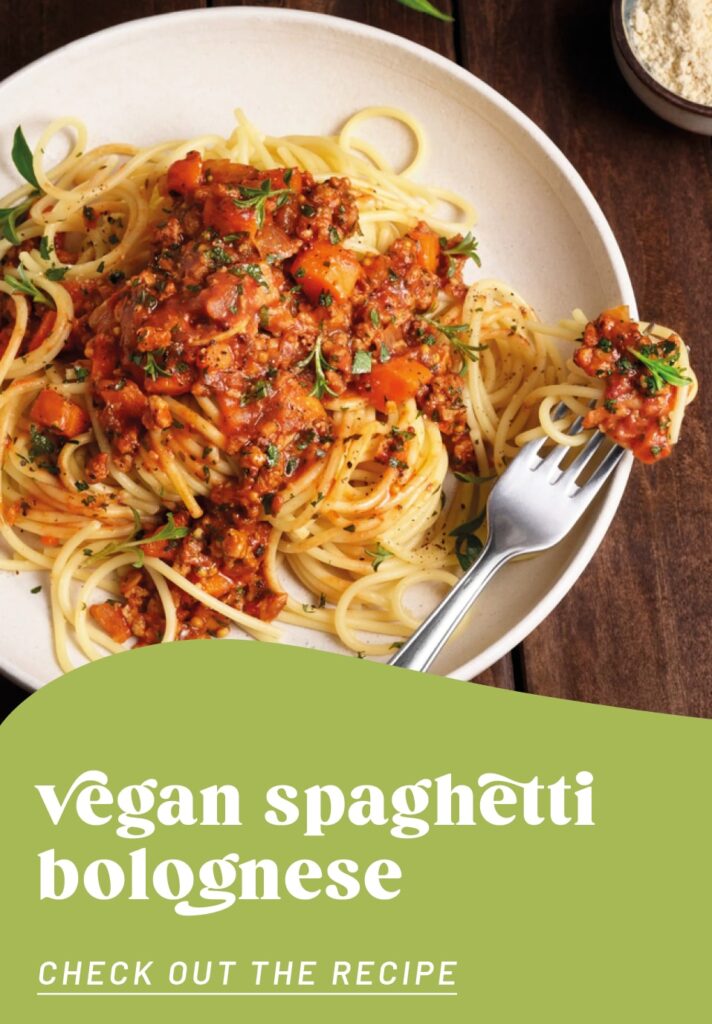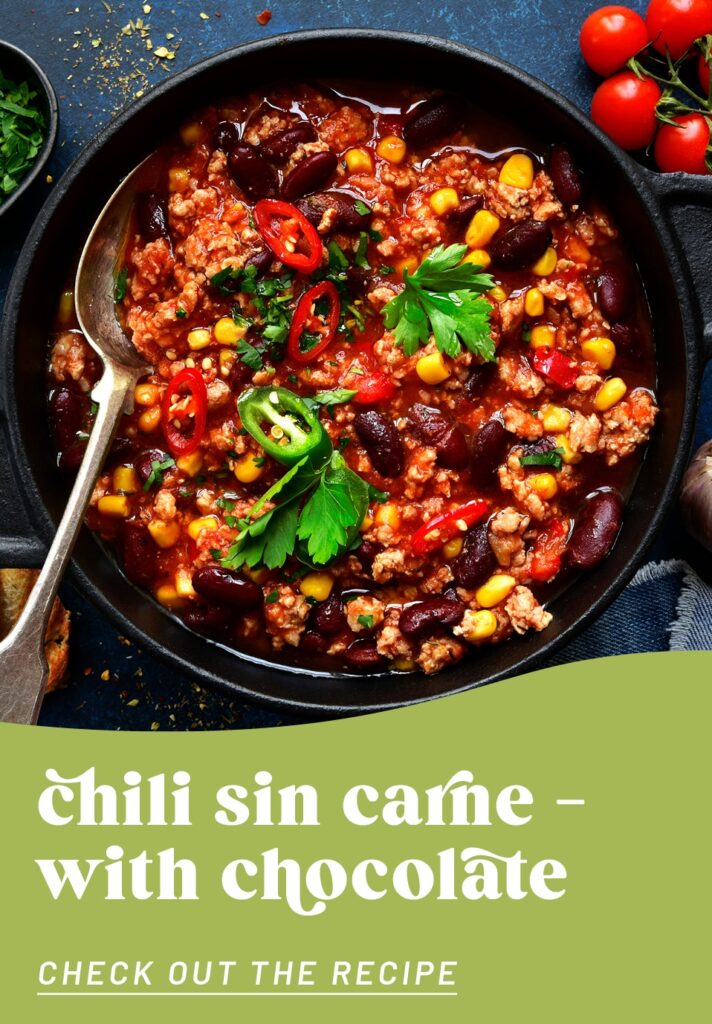HEALTH
Soy – the devil’s work, or a misunderstood superfood?


While some eye it warily, others pile on the vegan praise. Time and again, soy is a source of controversy. It stands accused of causing many ills: from deforestation to certain diseases, such as a higher risk of breast cancer. What’s more, people worry – even here in Germany – that we’re being served genetically modified soy. Read on to get to the bottom of these myths. As you’ll see, it’s always worth being nuanced.
Then, we’ll shed light on the incontrovertible plus sides of soy beans – which mean they can rightly be referred to as a superfood. Especially when it comes to vegan cuisine!
To be able to keep a cool head when confronted with all these contradictory arguments, it’s worth taking a closer look at history. Where does soy actually come from, and why has it always been so popular?
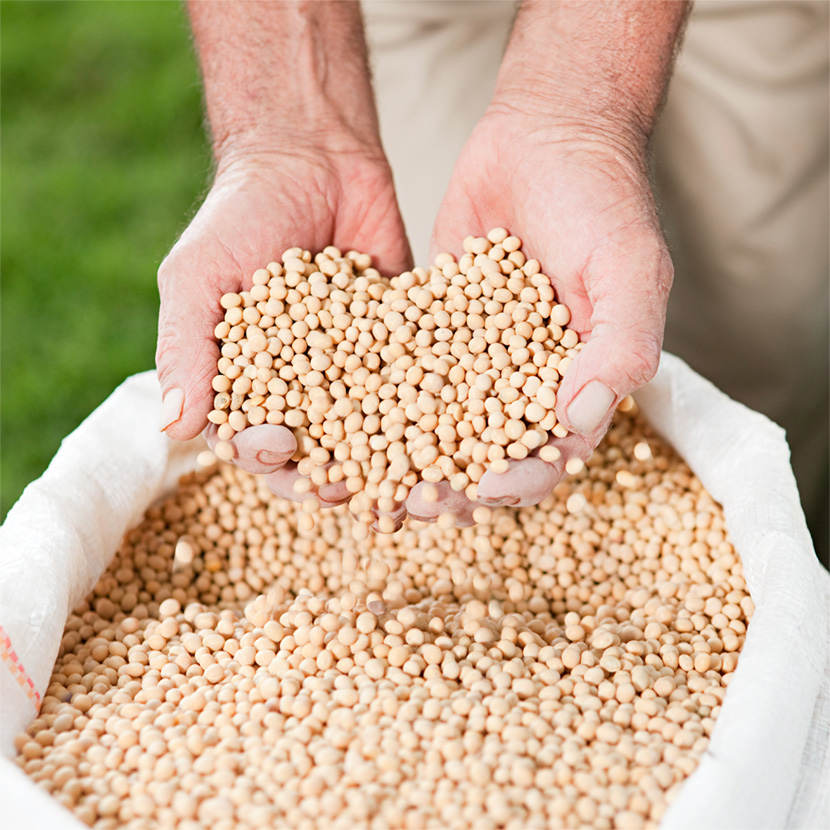
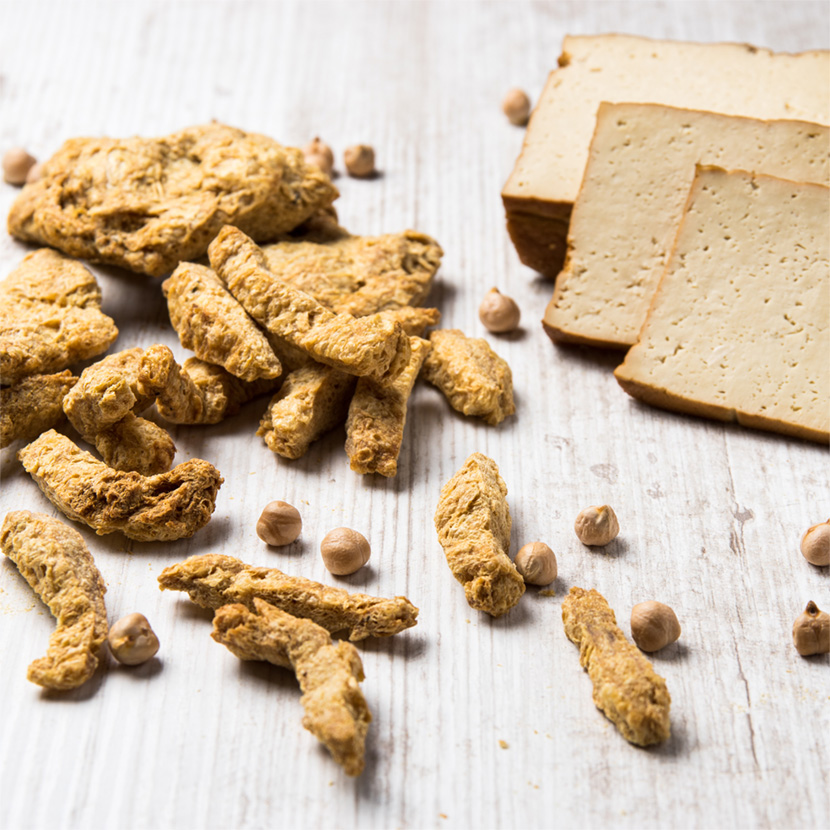

Cultivating soy – then and now
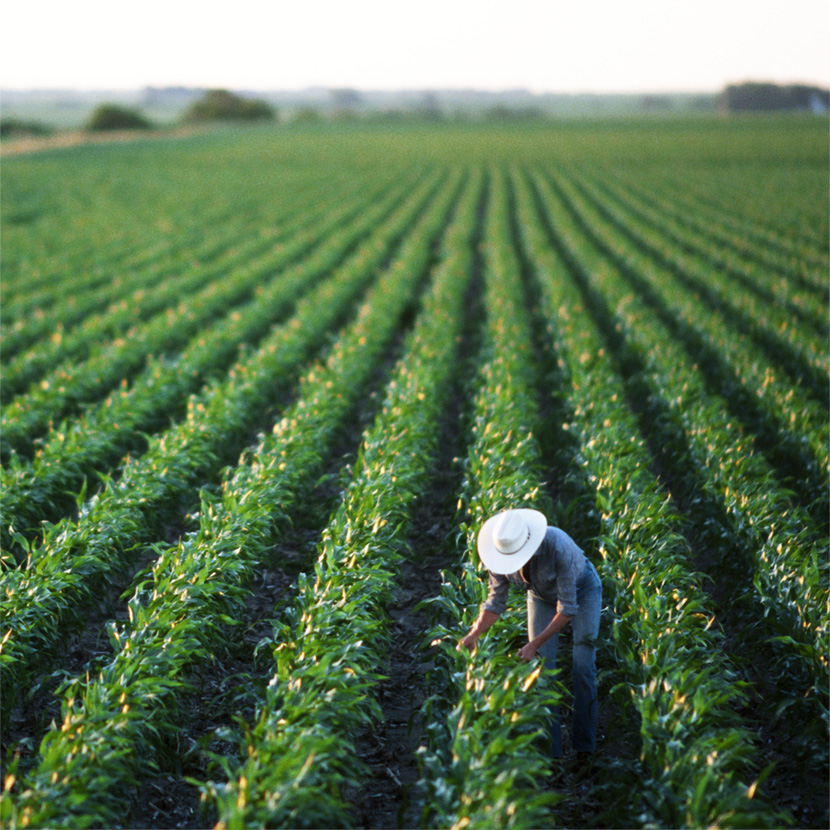
Believe it or not, soy was already being cultivated 9000 years ago! This mainly occurred in Japan and China. In Europe and the USA, soy was a “late developer”. It was first mentioned and cultivated in the 18th century. The soy bean become known to a certain extent after the Second World War – in the form of margarine. And in Germany, former Chancellor Konrad Adenauer even promoted soy as a substitute for meat.
So, where do things stand today? Soy currently grows on around 6% of our planet’s agricultural land. What a success story from the point of view of this plant! It is thought to be the most important oilseed in the world.
Nowadays, soy is mainly grown in the Americas. Brazil, the USA and Argentina top the list in terms of quantity. They are followed by China, India and Paraguay. Growing soy there is not completely unproblematic. Fortunately, the issue of the catastrophic deforestation of the rainforests has finally gained attention. But many people forget that, especially in terms of growing soy for direct consumption by humans, there are also small areas in Europe where soy is cultivated. In Germany, very often that is organic cultivation. And Austria, for example, has brought home their biggest harvest yet in 2023. In this article, we will see that this important difference goes a long way in terms of redeeming soy’s image as a valid substitute for sausages and meat!
Not all soy is created equal
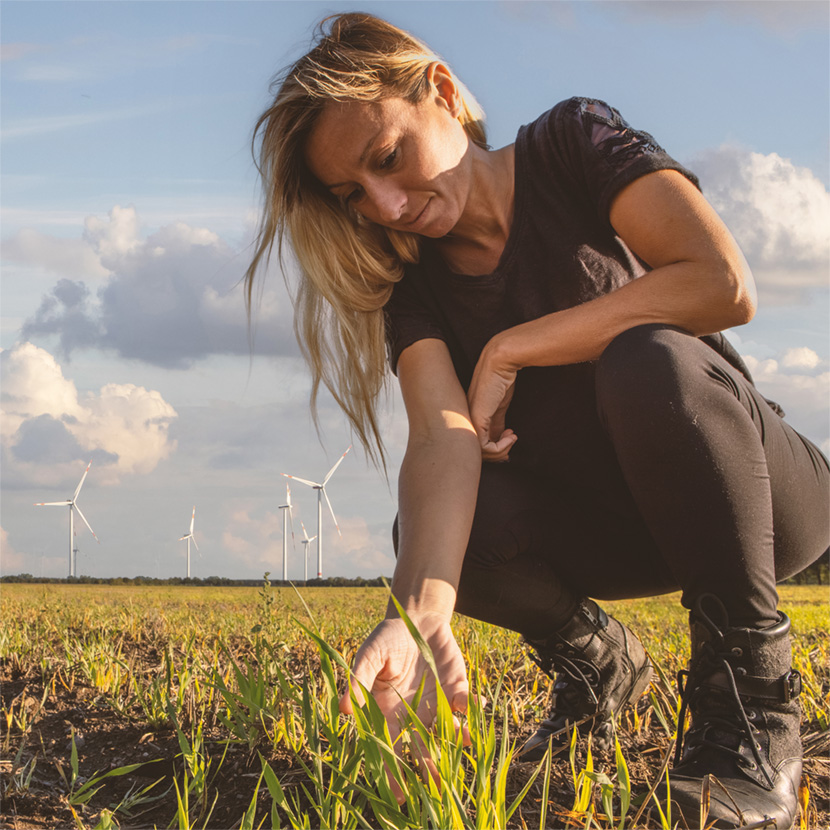
Thanks to images of chainsaws and bulldozers destroying the rainforest, soy – which is often grown in these areas – has fallen into disrepute somewhat. People say that soy is destroying the rainforest. But how much truth is there to this?
The fact that soy cultivation in South America has devastating effects for the rainforest cannot be disputed. But here comes a very important piece of information: around 80% of soy cultivated is used to make animal feed, and doesn’t even reach our plates. It’s also worth remembering that many producers of tofu and soy drinks take care to only use soy grown in Europe. The soy products available from Velivery, such as those from Vantastic, source their soy exclusively from regions in the EU, such as the Danube area in eastern Europe.
Precisely if people were to eat less meat, the need for land on which to cultivate soy in such huge quantities would substantially decrease. Instead, much smaller quantities of soy would benefit people directly. Everything would balance out nicely.
In a world where more and more people are giving preference to plant-based food, soy is a real godsend. Not only is it versatile and delicious – it also really is sustainable. Soy needs much fewer resources like land and water than animal products do. This means that, if we look at things over the medium and long term, the maligned image of a rainforest-killing plant pretty much transforms into its exact opposite. Once again, it comes down to us – our consumer behavior, and how far-sighted we’re prepared to be. So, on that note, let’s take a look at what these hotly debated beans are all about!
An all-rounder in the limelight of plant-based nutrition
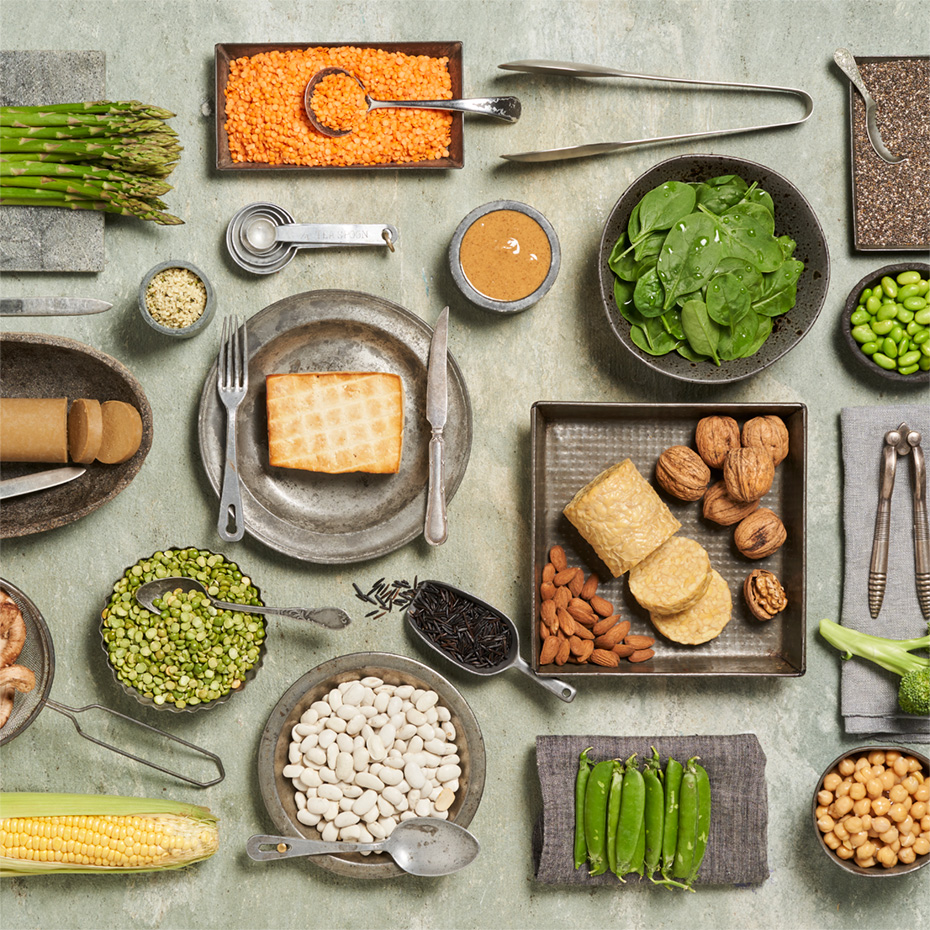
Small but mighty – soy is a real powerhouse of a plant! And in the truest sense of the word, because the soy bean – a “little green superhero” of a legume – is an ingredient that’s here to stay when it comes to vegan cuisine. Rich in proteins and minerals, and versatile to use, this plant-based ball of energy contains everything you need for a plant-based diet.
Soy, or to use its scientific name, glycine max, is a plant species from the family of pulses, also known as legumes. It is originally from East Asia, where it has been cultivated and appreciated for thousands of years. In its Asian homeland, soy was mainly valued as a source of oil and protein. Soy beans were fermented to make products such as soy sauce, miso and tempeh.
Nowadays, however, soy can do a whole lot more: as a substitute for milk, as tofu, and as vegan alternatives to meat and sausages – the list is endless. Whether you’re on the lookout for a creamy alternative to milk in your coffee, or an alternative for your next Sunday roast – soy is bound to have the answer.
No guilty conscience necessary – just sit back and enjoy your soy!
So, we’ve established that eating meat can pose a danger to the rainforest because of the amount of feed that needs to be grown for the animals. But your tofu burger made from European soy has nothing to do with this. Having a sense of which foods originate where, and what kind of an ecological impact they have is a good starting point when it comes to dispelling such myths. And while we’re on the subject of myths: if you live in the EU, you don’t need to worry about gene-edited soy.
In the EU, gene-edited soy beans are not allowed to be sold for human consumption. They can only be processed to make animal feed – so that means yet another advantage for people who choose not to eat animal products.
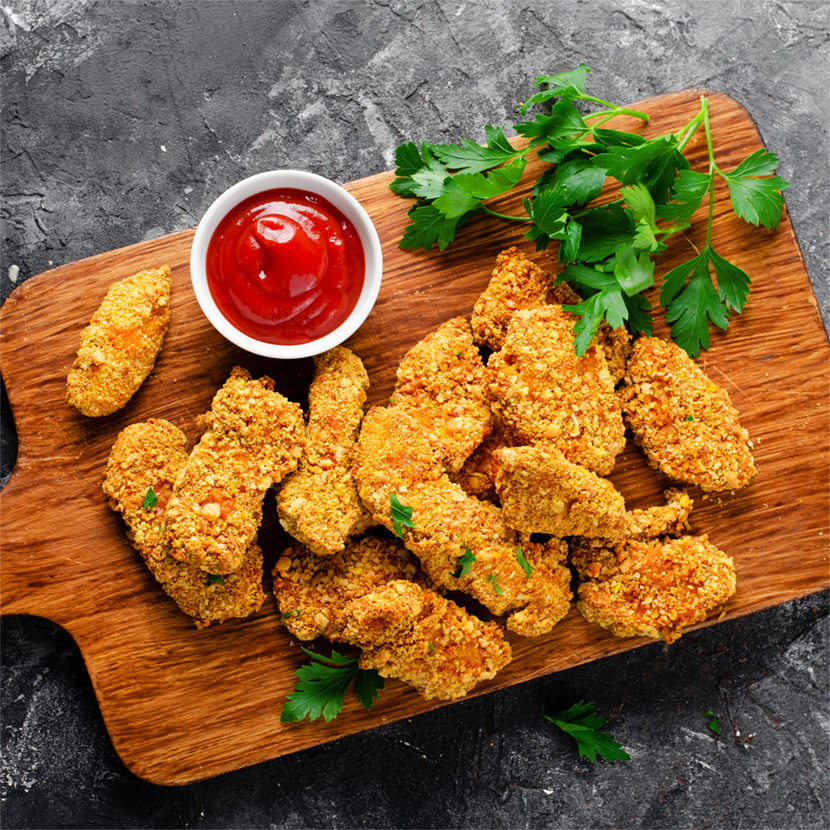
A scientific perspective on soy

However, not only has soy made its way into popular vegan products – it is also giving science food for thought, especially in terms of health-related science. Soy is a source of so-called isoflavones, as well as of certain fats and proteins. Studies show that soy has a positive effect on cholesterol levels, as well as on certain heart-related issues. Soy is also a good source of protein for sportspeople.
And there’s one other development which is worth taking a closer look at: soy was long rumored to increase breast cancer risk. The most recent studies appear to say precisely the opposite, however, and to recommend moderate soy consumption. So, not only is soy a star in the kitchen – time and again, it is a talking point because of its health advantages.
Soy in the kitchen – and in your refrigerator
- Soy drinks: Soy drink is a popular alternative to milk, which you can use in coffee, muesli, smoothies, and for cooking.
- Tofu: Tofu is a versatile food which you can use in numerous dishes such as stir fries, curries, soups, salads and desserts. You can marinate it, fry it, grill it or puree it. For more info on how to prepare tofu, click here.
- Edamame: These are young soy beans which are cooked in their pods, and served with sea salt. They make a delicious snack or side dish.
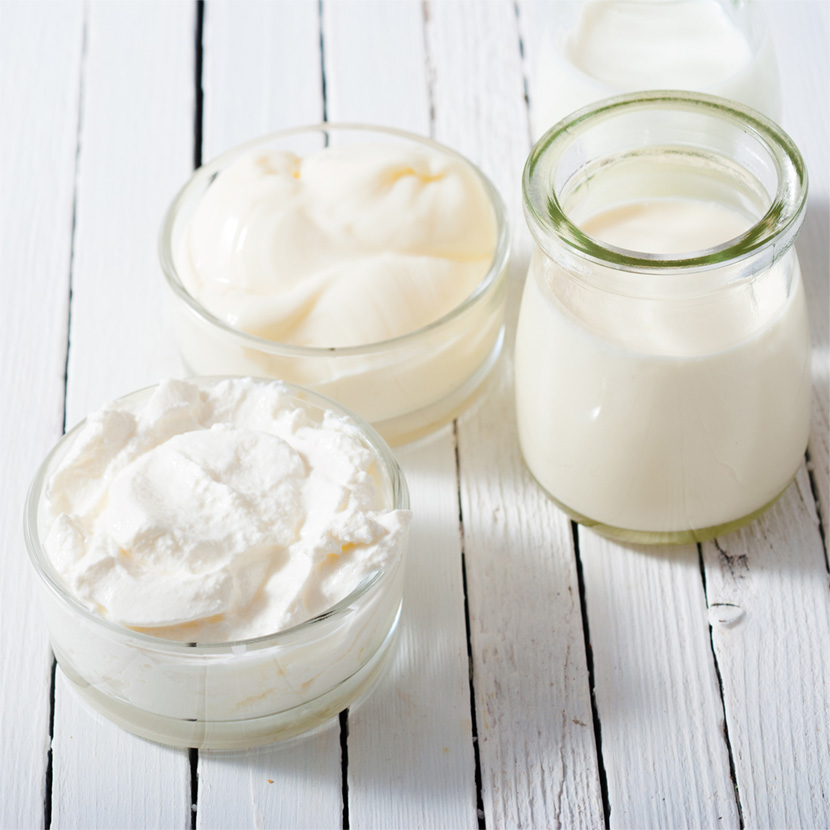
- Soy chunks: This textured protein product made from soy is a great meat substitute, which can be used in recipes such as Bolognese sauce, chili sin carne, kebabs, gulash, or taco fillings.
- Vegan meat substitute products: Vegan burger patties, as well as alternatives to sausage, nuggets and schnitzel are often made from soy protein, and are a delicious way to substitute meat.
- Soy sauce, miso and tofu seasoning: These are used often – and liberally – in vegan cuisine in order to create savory aromas. Here’s another delicious miso-based dish.
We hope that our nuanced view of things will help you to see the soy bean in a new, even more appreciative light, and to really enjoy integrating it into your cooking!
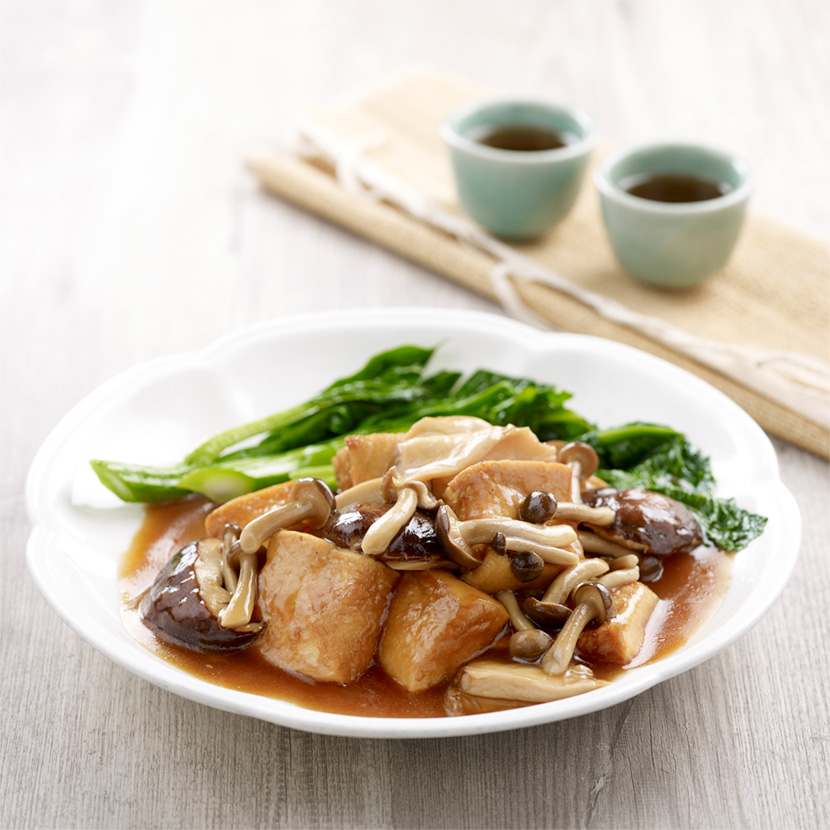
3 Soy recipes
Three times different, three times delicious – with these recipes you’ll be spoiled for choice when it comes to soy recipes.
